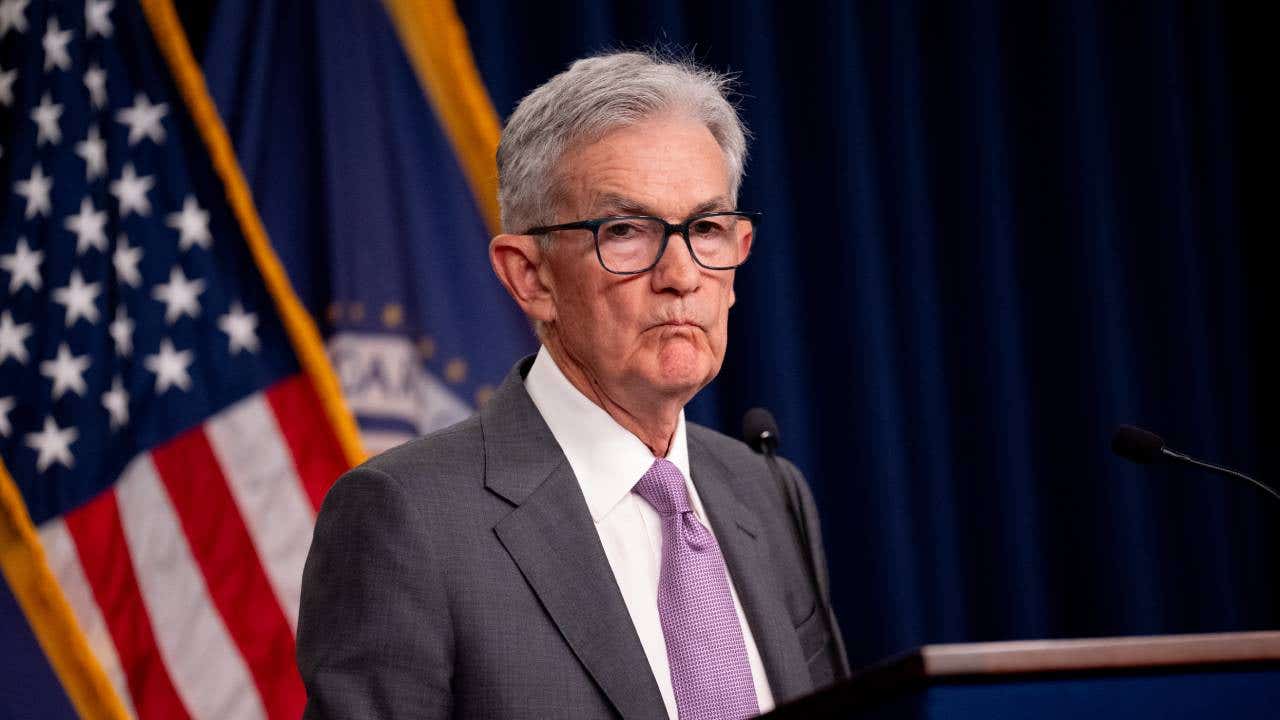How do stocks perform after the Fed cuts interest rates? Pretty well, actually.

Although the stock market has had a nice run so far in 2024, many investors have been nervous that a slowing economy may tip over into an outright recession. To thwart that possibility, the Federal Reserve has begun lowering interest rates, providing stimulus to consumers and businesses, some of whom have been reeling despite overall economic growth. In its September meeting, the central bank lowered rates a half-percentage point, to a range of 4.75 to 5.0 percent.
Will lower interest rates over the coming months be enough to put a floor under the economy and turn things around, or is the Fed’s first interest rate cut the signal for the bottom to fall out of the market? The question plagues many investors, but recent research suggests that they should be optimistic.
Stocks higher after the Fed cuts interest rates
Investors can be pardoned if they’re concerned about the state of the economy as the Fed begins lowering interest rates after one of the fastest rate increase campaigns in history, which spanned from 2022 to 2023. The Fed often begins cutting rates when the economy clearly weakens, and so lower rates are often a sign that the economy is well on its way to a recession.
At the same time, lower rates are a positive for companies and stock valuations. Rate-sensitive companies such as small banks, real estate investment trusts (REITs) and heavy borrowers can benefit substantially from lower rates. They also help stock prices, with investors discounting future earnings at lower rates, boosting the present value of those future cash flows today.
While these things are notable positives, investors have to get from here to there first. That is, monetary policy has a noted lag effect, often measured as six months. The Fed’s actions today aren’t really felt for a while, and during that time a slipping economy can continue to weaken, requiring even lower interest rates and more Fed action to resuscitate it. As the economy slides, corporate profits may fall significantly — and with them, investor sentiment and stock prices.
But research from Hartford Funds suggests that investors should remain optimistic. Its work indicates that U.S. stocks are higher — 11 percent, after factoring in inflation — one year after the Fed begins slashing rates. That’s plenty of reason for investors to hold steady on stocks.
The Hartford team reviewed 22 occasions from 1929 to 2019 when the Fed first cut rates and how stocks, bonds and cash performed over the subsequent 12 months. The after-inflation return of stocks averaged 11 percent, but returns diverged when the cut was associated with a recession.
When the rate cut occurred and no recession took place, stocks averaged returns of 17 percent in the following year. But even when a recession took place, stocks were still 8 percent higher.
“All else being equal, lower interest rates are favorable to stocks for two reasons: They make safe haven investments like cash and fixed income less attractive as interest rates fall, and they make it easier for companies to borrow, expand and grow — the type of actions that boost corporate earnings and drive stock prices,” says Greg McBride, CFA, Bankrate chief financial analyst.
Of particular note for investors today, returns for stocks following the June 1995 cut and the September 1998 cut hit 23 percent and 25 percent in the following year, respectively. Like today, the mid-1990s was characterized by modest slowdowns amid a generally robust economy.
The after-inflation returns for other asset classes were less attractive, according to Hartford:
- Government bonds were 5 percent higher a year later.
- Corporate bonds were 6 percent higher a year later.
- Cash was a modest 2 percent higher after a year.
Naturally, some periods saw stocks underperform the average, but of the 22 periods that Hartford reviewed, just six of them saw negative after-inflation losses.
”The outperformance of stocks over bonds and especially cash is consistent over long time periods, with the trend being accentuated when the Federal Reserve begins cutting interest rates,” says McBride.
How should investors react to falling interest rates?
Changes in investors’ expectations can shake up the market, especially as some investors sell expecting a recession and others are buying as the market dips. But the results from Hartford suggest that investors who held tight to their stocks through the noise still ended up better off.
That may sound easy enough, but investors have to wade through lots of fear and bad news in the interim if they want to continue holding their investments. The economic news may look bad now and could grow worse, so it can take some nerves of steel to sit through it all and not act.
So what can investors do as rates fall and the U.S. economy may or may not enter a recession?
Think and invest long term
“For long investment horizons, such as retirement, a heavy allocation to stocks is what generates the compounded returns needed to build a secure financial future,” says McBride.
The S&P 500 stock index, a collection of hundreds of America’s top companies, has delivered 10 percent annual returns over long periods. Investors can easily buy an S&P 500 index fund at low cost and earn strong long-term returns — but only if they hold on through bad times and good.
“Timing the market is a fool’s errand as you don’t want to be sitting on the sidelines during periods that have a tendency to generate outsize returns,” says McBride. “Missing a few strong months of market returns can make a big difference in your nest egg when compounded over many years.”
Continue to add to investments on dips
Investors should hold on to their investments but could also consider investing more when the market is down. By buying on the dip, investors may be able to buy at a discounted price and then enjoy accelerating gains as stocks later rise to meet their long-term average.
However, this approach is easier to implement with a stock index fund such as an S&P 500 fund, because it is less volatile and offers greater diversification, making it less risky. Individual stocks tend to be riskier than index funds, even if the returns are sometimes better over time.
Perhaps the best way to buy on the dip is simply to set your purchases on autopilot. This strategy helps keep your emotions out of the process and allows you to buy regardless of what’s happening in the market. This approach — called dollar-cost averaging — helps reduce your risk by spreading out your purchases over time and helps you avoid “timing the market.”
Step back from the noise
When the market declines or even just becomes volatile, investors and the media get nervous, and that’s especially true if the economy slows and people start worrying about their own jobs. So a lot of fear appears in the media, making it tough for long-term investors to stay the course.
In these cases, it can be useful to step back from the noise and refocus. Review your financial plan, and make sure you’re set up well. Double-check your emergency fund to be sure that it’s appropriately funded, because that will allow you to stay invested when the market gets rough.
It’s also a good time to refocus on that long-term perspective of building your wealth and how investing can help get you there. Those working with a good financial advisor may also turn to what should be a voice of calm in a sea of stress and receive useful advice to weather it all.
Bottom line
Stock research strongly suggests that investors are better off most of the time by not actively trading. Even when the going gets tough with a slowing economy, investors may be best served by adopting a long-term perspective on the market and taking steps that align with that vision.
Editorial Disclaimer: All investors are advised to conduct their own independent research into investment strategies before making an investment decision. In addition, investors are advised that past investment product performance is no guarantee of future price appreciation.






